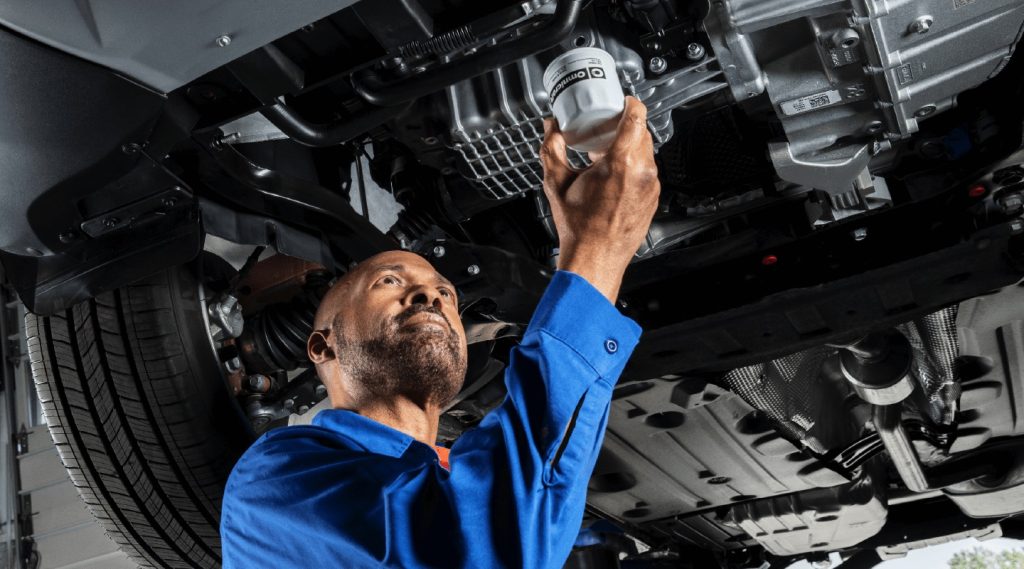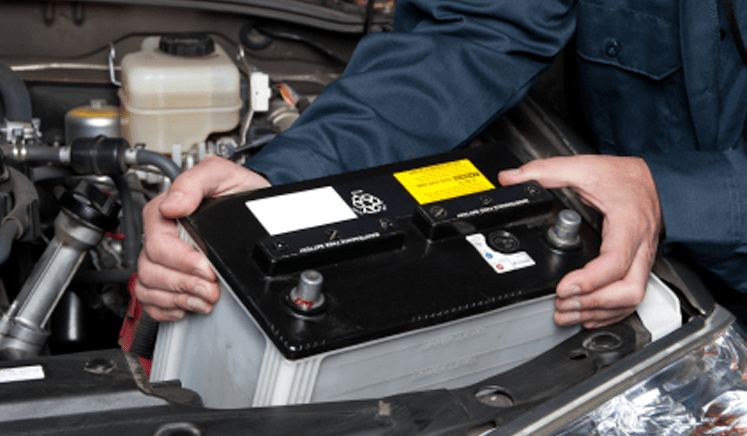Most car owners are unaware of the signs that their vehicles need to be serviced or repaired. One of the most common areas where car owners fail to pay attention is the wheels. Especially for people who aren’t familiar with car mechanics, it can be difficult to know when it’s time to replace your tires. Check out these tips for determining when your tires need to be replaced at tire repair nashville:
It is important not to ignore excessive vibrations if they are coming from your vehicle. There are good vibrations as well as bad vibrations that should not be ignored. You might experience vibrations if you drive on a dirt road or an older road. However, if you feel vibrations while driving on a freshly paved road, something is wrong with it. You should take your car to a mechanic if you feel it shaking excessively in your tire in tire repair Nashville. Many things can cause vibrations, some of which can damage your tires.
If your tires don’t have enough tread, you may experience skidding and losing control of your vehicle, particularly if you drive on wet or icy roads. If your tires don’t have enough tread, your vehicle may not get traction on the road, and you may suffer a loss of control. You should replace your tires if the tread is ever less than 1/16 inch. Having a mechanic check your tread when you bring your vehicle in for maintenance or repairs is one way to know if you have good tread. Alternatively, you can use a penny to determine whether your tread is deep enough at home. If Abe’s head disappears, your tires are good. Insert the penny with Abraham Lincoln’s head facing down. You need to change your tires if you see his whole head. Honest Abe never lies.

Patches for tires – In some auto repair shops, flat tires can also be fixed with an internal tire patch. When a technician performs a tire patch, the tire must be removed from the wheel and the grinder used to remove burrs and steel belts and create a rough surface on which the patch will adhere. Once the puncture is filled with adhesive, the technician applies a patch sealant, smoothes it out, and glues the patch over it. As soon as the tire patch heats up from normal driving, it will be permanently affixed to it.




